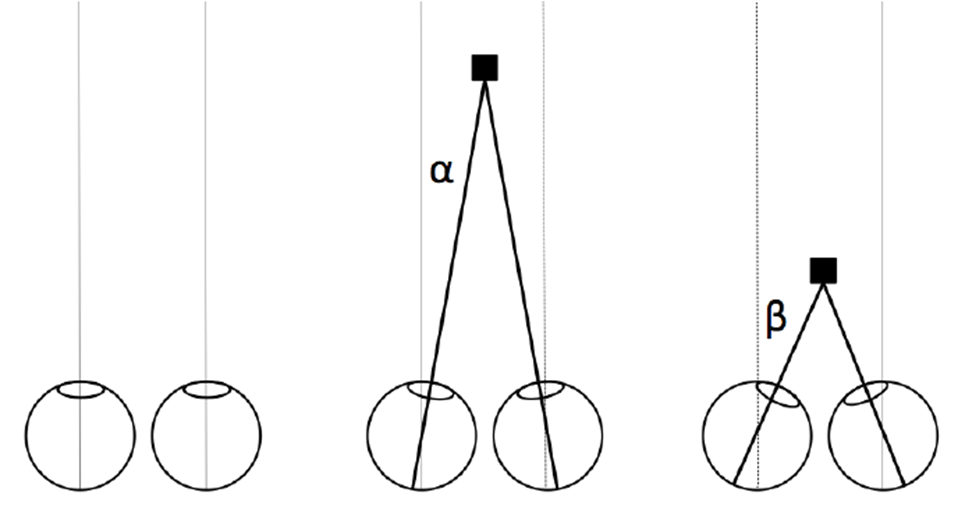PSY 324: Exam #1 List of Key Terms
1/50
There's no tags or description
Looks like no tags are added yet.
Name | Mastery | Learn | Test | Matching | Spaced |
|---|
No study sessions yet.
51 Terms
Behaviorism
Only objective, observable phenomena in behavior should play a part in psychological research
Classical conditioning
A learning process in which a neutral stimulus (e.g., a ringing sound) is paired with a stimulus that elicits a natural response or reflex (e.g., food), creating an automatic, conditioned response to the neutral stimulus.
Information theory
Communication researchers led by C.E. Shannon were developing theories of communication in the midst of the World War II Era.
Communication → Transmissions of “information” across channels (e.g. radios, telegrams, human beings)
Researchers began to investigate questions about cognition in terms of information processing.
Abstract processes rather than observable behavior
Introspectionism
Psychological science which proposed that people could be trained to accurately analyze the components of their own thoughts.
Problems: This approach leaves no room for unconscious influences on thought and behavior (Helmholtz and Freud)
People’s ability to understand their own thought processes tends to be very limited and hard to measure.
Noam Chomsky
Wrote an influential critique of Skinner’s “Verbal Behavior,” published in 1959
This critique played a part in the generally degrading confidence in behaviorism psychologists experienced into the 1960s.
Operant conditioning
A method of learning that uses rewards and punishment to modify behavior
behavior that is rewarded is likely to be repeated, while behavior that is punished is prone to happen less.
Turing Machines
Uses tape divided into cells on which a binary language (0 or 1) may be written and read.
It was important because it showed that a physical system can process information to carry out a computation
Unconditioned stimulus
Produces a response prior to any learning
Example: Food
Unconditioned response
The response produced prior to any learning
Example: Salivation
Conditioned stimulus
After repeatedly presented alongside the UNCONDITIONED STIMULUS, produces the same response
Example: Fork/Bell
Conditioned response
The response produced after the learning had occurred
Example: Salivation
Neutral stimulus
Does not produce a response prior to any learning
Example: Fork/Bell
Falsifiability
it must be practically possible to refute or disprove.
Example of a hypothesis that is NOT
All politicians at the highest levels of government have been replaced by an advanced lizard species disguised as humans
Example of a hypothesis that IS
No politicians at the highest levels of government have been replaced by an advanced lizard species disguised as humans.
Independent variable
A variable that stands alone and isn't changed by the other variables you are trying to measure.
Dependent variable
A variable that changes in response to another variable
Marr's three levels of analysis
Level I: Computational Theory
Can we describe what is happening and why is it happening?
Level II: Representation and Algorithm
By what abstract process is the theory of level I implemented?
Level III: Hardware Implementation
What is the physical realization of this process in the world?
Mathematical model
Attempting to describe a cognitive phenomenon with a mathematical expression
Visual model
Often represented with flow displays and diagrams.
Computational models
Generally built with a computer program or simulation.
Objective variable
Defined to construct an objective function. The objective function is a summation of all variables that are designated as objective-type.
Quantitative, easy to evaluate and measure
ex. reaction time, accuracy rate, the amount of things
Subjective variable
Dependent upon or relative to the perspectives of people
An experience or characteristic of a research participant that is not of primary interest but nonetheless may influence study results
Qualitative, interpretation-based, which can help you understand why or how something happened
ex. mood, judgments, pain
Replication
Reproducing a study to see if you get the same results
Scientific method

Depth cues
Feature detection theory
Posits that all objects are composed of distinct parts (features)
Geons
Biederman (1987) suggested that human visual perception could be reduced to 36 basic shapes describing the spatial relations of components in the world.
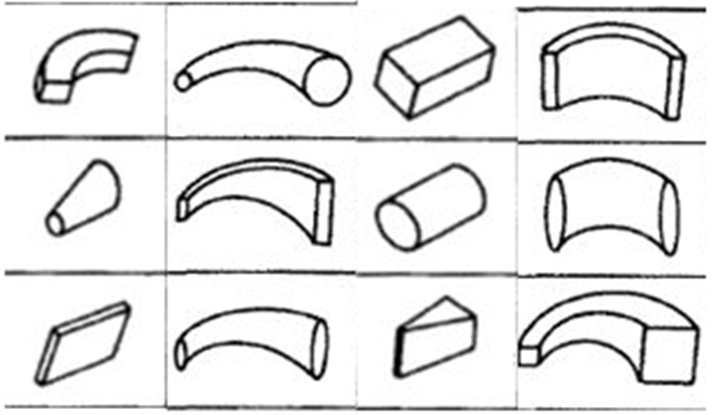
Gestalt psychology
Proposed numerous principles by which observers organize objects in vision.
They believed that in perception, the whole is more than the sum of its parts.
Figure-ground
Similarity
Proximity and common region
Good continuation
Closure
...and various others
Gestalt principles
Global precedence effect
Participants seemed to apprehend the global form faster than the local objects.
The global form interfered with local perception
Navon termed this a _____
Marr's low-level vision
Involves extracting immediate information from light on the retina
Edges, motion, depth
Marr's high-level vision
The observer constructs a collective perception of an image or scene based upon its various components in integration and relation.
ex. objects, faces
Three primary schools of theory:
Feature detection
Structural
Template matching
Steven's Power Law
Derived from Fechner’s Law
Draws a relationship between perceived stimulus intensity (I) and objective stimulus magnitude I.

Structural theory
These take both the features and their interrelations into account
Those relations are primarily spatial
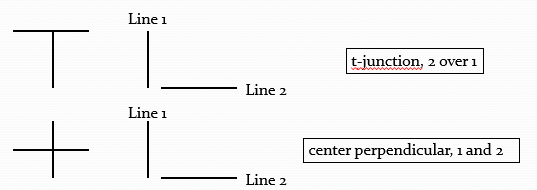
Template matching theory
Proposes that objects are recognized in the environment by comparisons to templates stored in memory
The template most closely matching the object facilitates its identification.
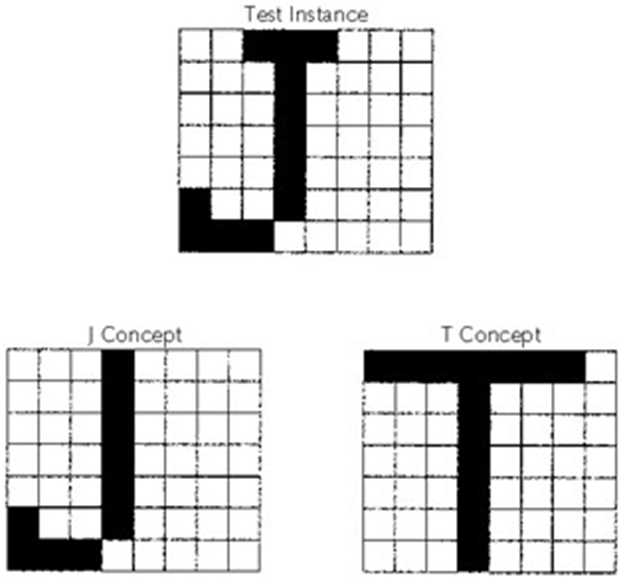
Weber's Law
States that the just noticeable difference (JND) ‘DI’ of stimulus intensity is proportional to the original intensity ‘I.’ The degree of that proportion is a constant ‘k.’
Describes the minimum change in intensity that a human can notice (temperature, brightness, loudness, etc)
This ratio is constant across various stimulus intensities.
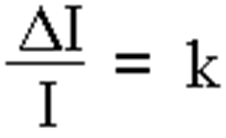
Shepard's universal law of generalization
Tversky's contrast model
Figure-ground principle
Observers separate objects between foreground and background
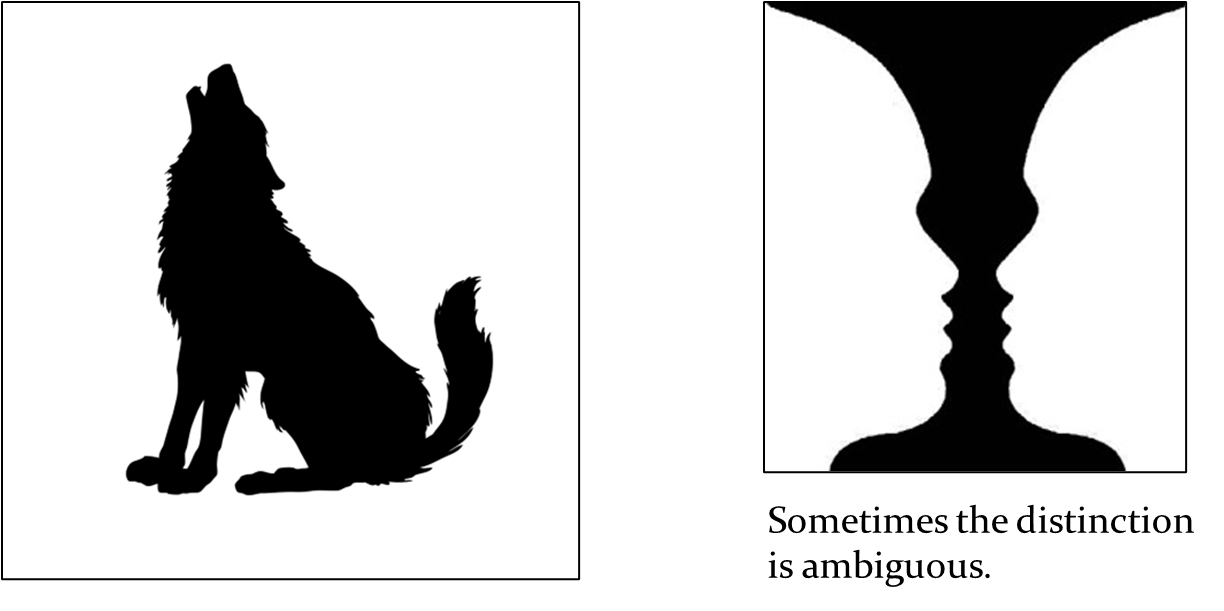
Similarity principle
Observers tend to group like objects together

Proximity principle
Observers tend to group objects that are close together

Common region principle
Observers tend to group objects that are enclosed in the same space
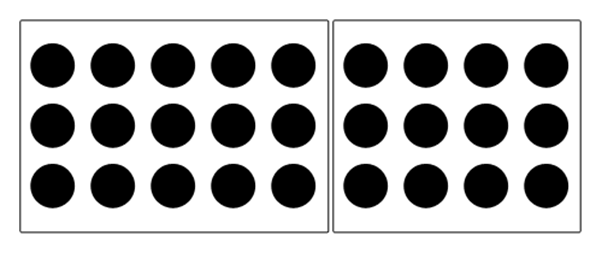
Good continuation principle
Observers tend to perceive contours and lines as continuous instead of favoring angles or joints
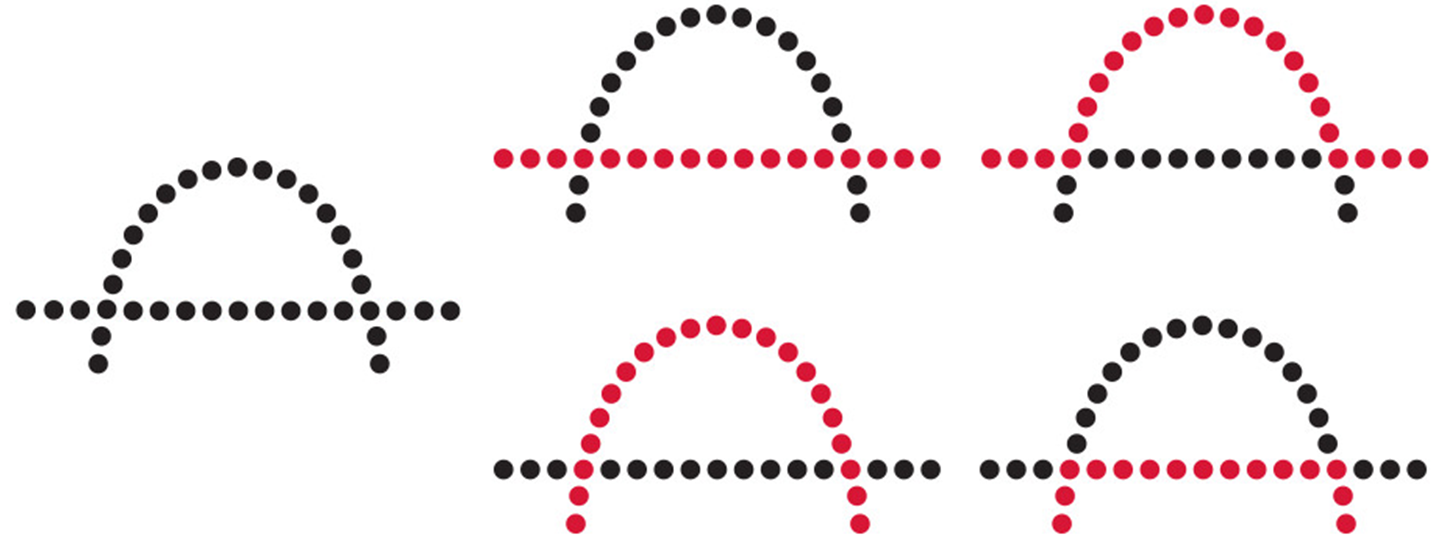
Closure principle
Observers tend to look for a discernible pattern, and if necessary the mind will fill the gaps
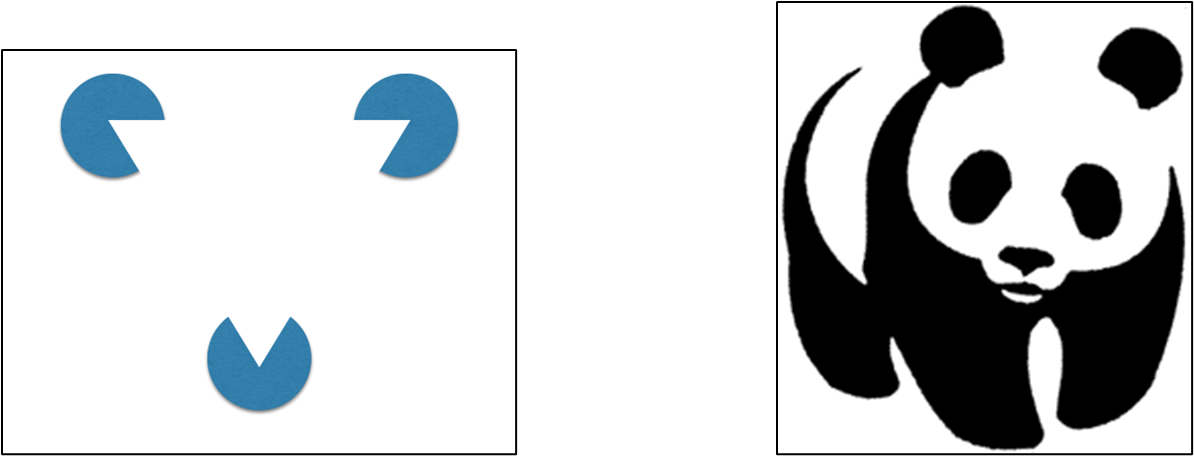
Good Gestalt principle
A stimulus possesses the quality of “good Gestalt” if it is orderly, complete, coherent, balanced, and clear while being as regular as possible.
Unifies many of the principles into an amalgamation

Interposition
When one object ‘A’ interrupts the form of another object ‘B’, ‘A’ is perceived to be in front of ‘B’.
Monocular
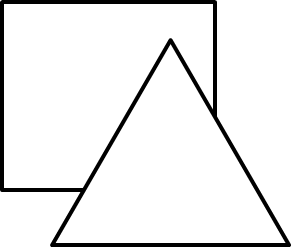
Linear perspective
As straight lines gradually converge, they may be perceived as parallel;
greater distance at convergence
monocular

Relative size
Objects appearing to be different sizes are perceived to be the same size, but at different distances
monocular
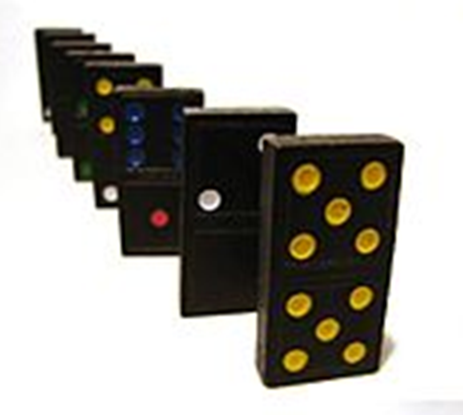
Size consistency
As an object moves further away and its retinal image becomes smaller, observers perceive it to be the same size throughout
monocular
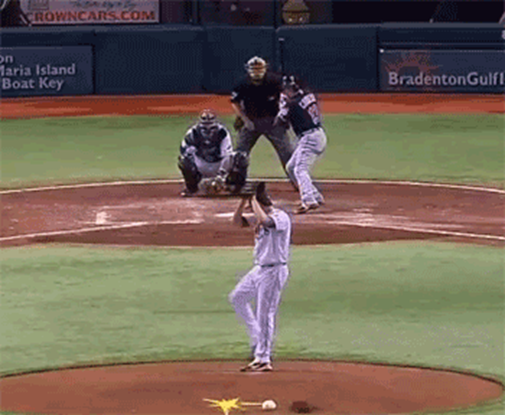
Texture gradients
Distant objects appear more “packed” than close objects
monocular

Motion parallax
When in motion, an observer can distinguish distance by the apparent “speed” of other objects in view
Nearby objects seem to move faster than distant objects
monocular
Convergence
The angle formed between a stimulus and both eyes impacts our impression of its distance from the self.
Binocular
